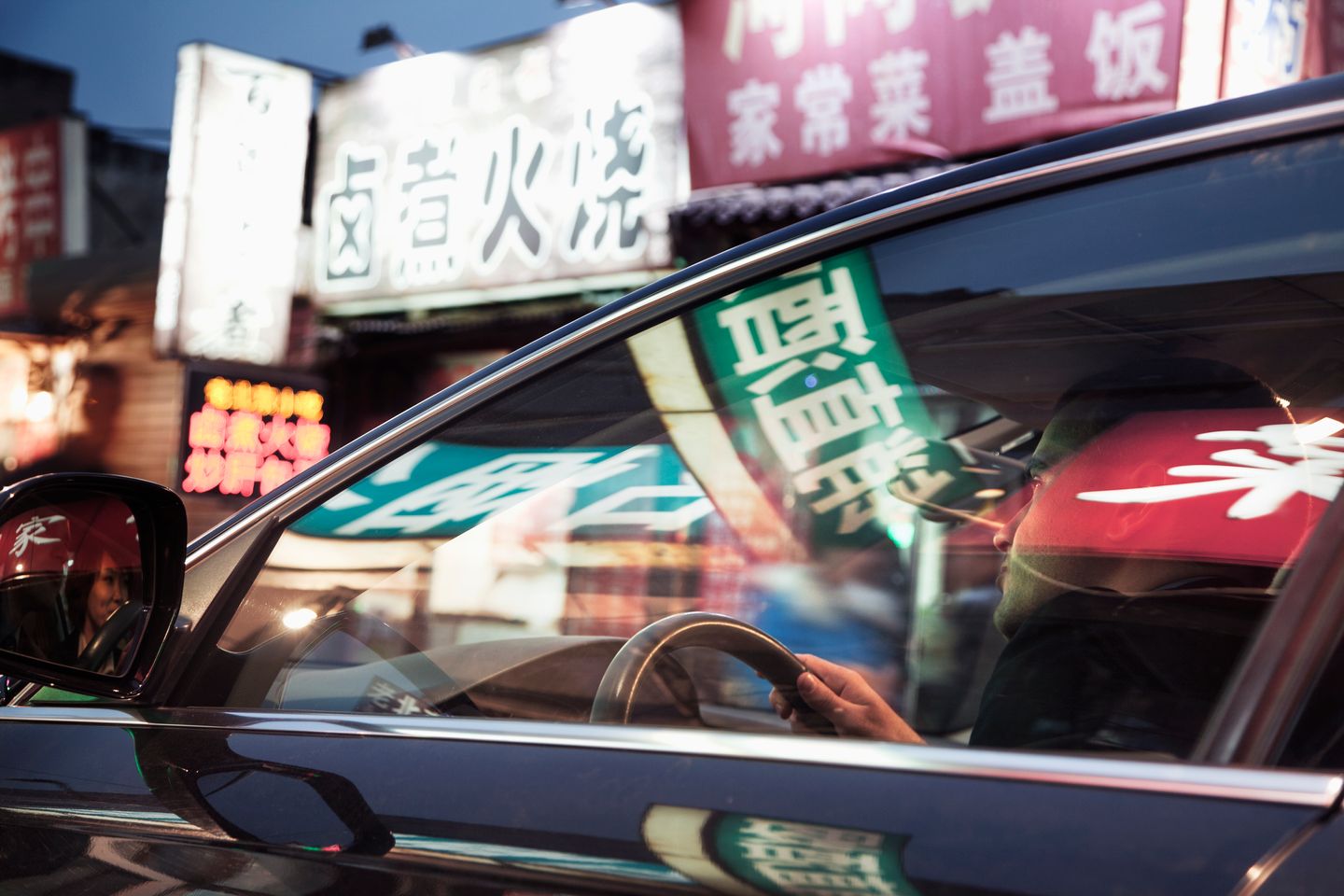
China and The Private Automobile
In 2022 the number of automobiles in China amounted to 319 million. In 2011 the number was only 109 million, meaning a threefold increase in a decade. Zhang Jun, writing in “Sixth Tone”, explains the main reason for the rise in car ownership. “Under China’s old economic system — especially in large industrial cities — many urbanites worked at state-owned production units that provided adjacent housing. Many parents would plan for their children to join their unit upon graduating. As a result, the entire household’s life revolved around the employment unit and unfolded within a very restricted space. They could easily visit their friends by bike. This work unit-oriented way of life was dismantled in the 1990s. State-allocated housing was replaced by private home ownership, while former colleagues and friends moved to different neighbourhoods. Cultural facilities and entertainment venues were relocated to shopping malls. Under those circumstances, how are you supposed to visit an old friend living on the other side of the city? How do you go to the shops? Cars emerged as a ‘convenient’ answer. Some suburbs have even developed a leisure industry specifically with car-owning families in mind. Thus, the decline of the work unit system pushed the car to emerge as the most effective solution — or, in some cases, a prerequisite — for families.”
China’s old economic system — especially in large industrial cities — many urbanites worked at state-owned production units that provided adjacent housing. Many parents would plan for their children to join their unit upon graduating. As a result, the entire household’s life revolved around the employment unit and unfolded within a very restricted space. They could easily visit their friends by bike. This work unit-oriented way of life was dismantled in the 1990s. State-allocated housing was replaced by private home ownership, while former colleagues and friends moved to different neighbourhoods. Cultural facilities and entertainment venues were relocated to shopping malls. Under those circumstances, how are you supposed to visit an old friend living on the other side of the city? How do you go to the shops? Cars emerged as a ‘convenient’ answer. Some suburbs have even developed a leisure industry specifically with car-owning families in mind. Thus, the decline of the work unit system pushed the car to emerge as the most effective solution — or, in some cases, a prerequisite — for families.”
China responded to this change in its social structure in an amazing way. “It was only in the year 2000 that ‘helping households acquire cars’ was included in China’s 10th Five Year Plan. Domestic car sales skyrocketed.” “Just five years ago China shipped only a quarter as many cars as Japan, then the world’s biggest exporter. But the Chinese claim to have exported over 5 million cars in 2023, exceeding the Japanese total. China’s biggest carmaker, BYD, sold half a million electric vehicles (EVs) in the fourth quarter, leaving Tesla in the dust. Chinese EVs are so cheap that the only constraint on their export today is the scarcity of vessels for shipping overseas. As the world decarbonises, demand will rise further. By 2030 China could double its share of the global market to a third, ending the dominance of the West’s national champions, especially in Europe” (The Economist).
There are two changes taking place. Firstly, although China has long been the world's biggest auto market and production center, the key was that the growth was driven by foreign carmakers in China (Volkswagen, BMW, Ford etc). But now “domestic brands embraced electrical vehicles and hybrids as the state bankrolled local manufacturers and subsidised sales.”
Secondly, there is a change from the domestic market to the overseas market. “China’s makers of such vehicles saw a rise in overseas shipments last year and they are planning more for this year since China’s domestic market for EVs has slowed, causing manufacturers to return to the overseas markets. For example, China’s BYD saw overseas sales jump almost five times to 242,000 in 2023.”
Another factor is “demand surging in Russia. Chinese carmakers seized the void left in the country by the departure of Western carmakers following the war in Ukraine, selling at least five times as many vehicles there in 2023 than in 2022. Chinese carmaker Chery became the top car exporter last year thanks to a boom in sales to Russians, selling more than 900,000 cars overseas in total.”
Pray for wisdom for Chinese, Japanese and Western governments in dealing with issues like China state subsidies of domestic car companies.
Pray for Western nations to follow China’s substantial turning to EVs rather than petrol (gas) powered vehicles.
Pray for Chinese citizens to see beyond the rush to modernisation, to an eternity where cars do not exist!

